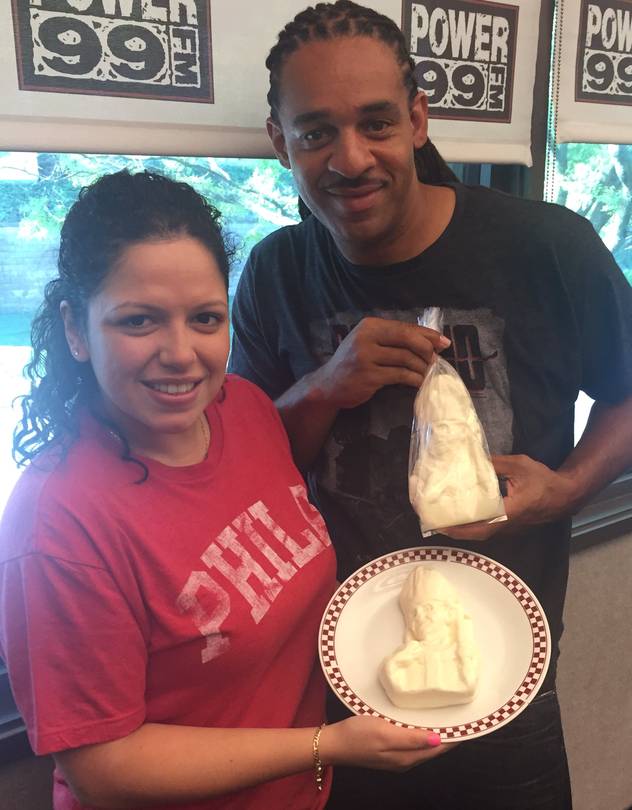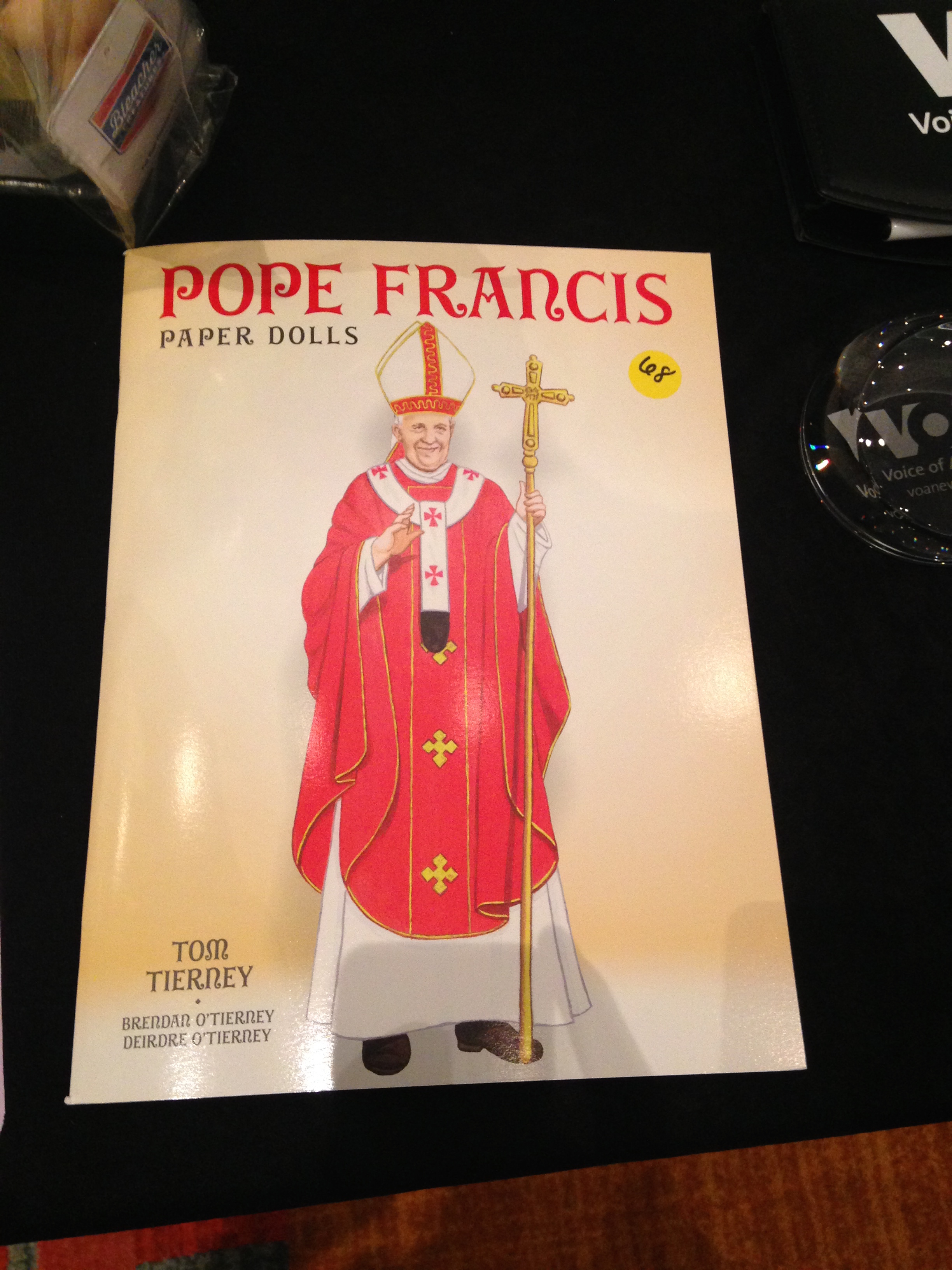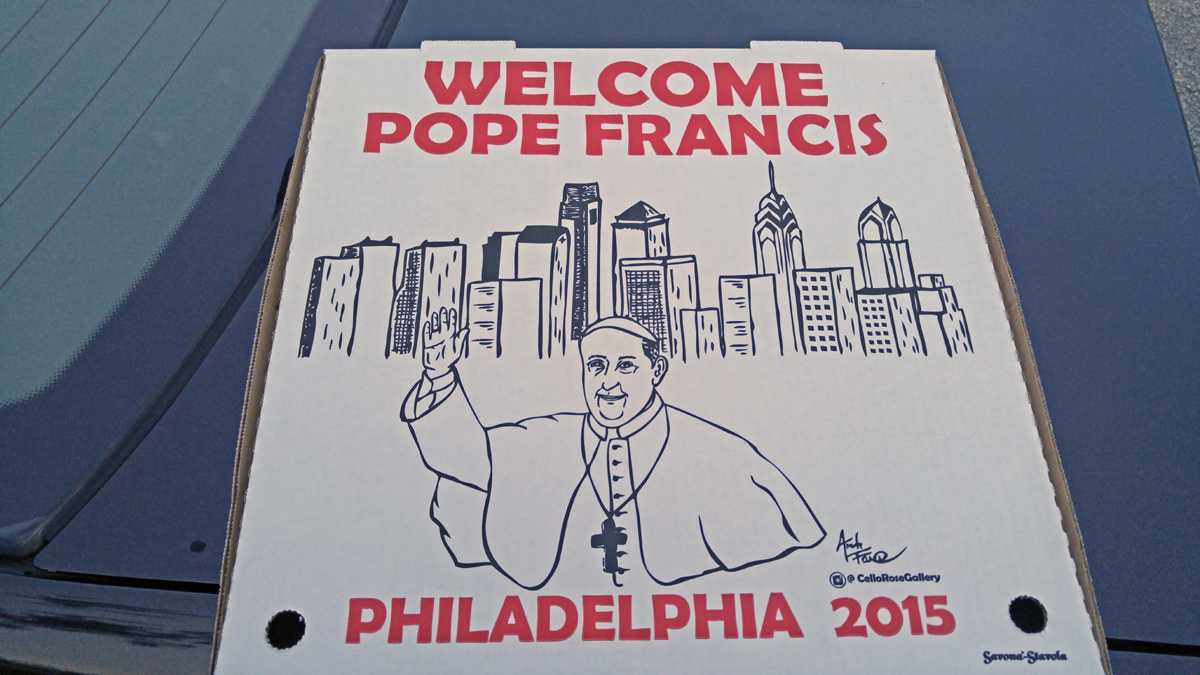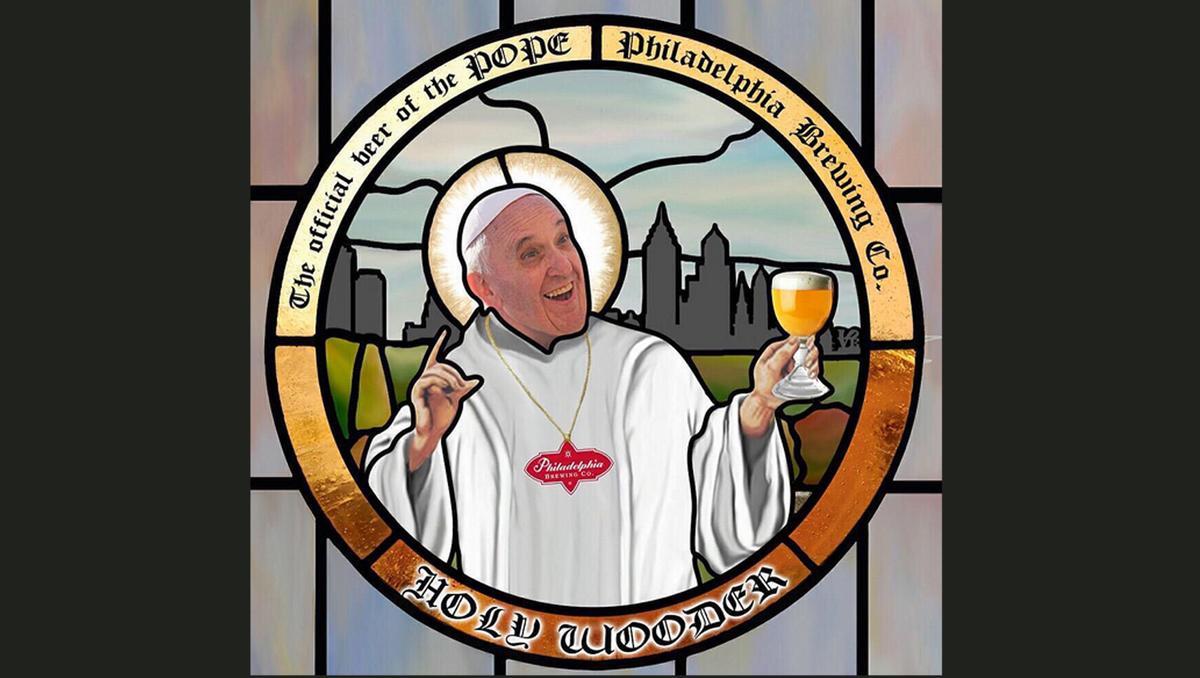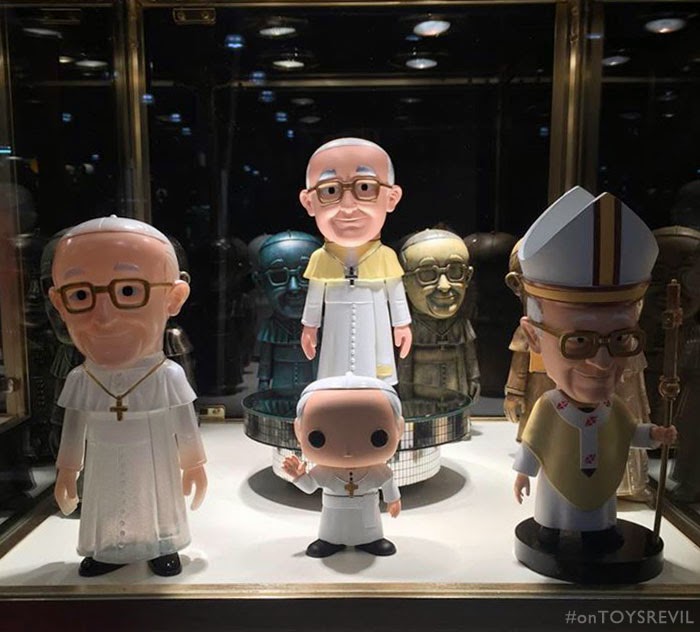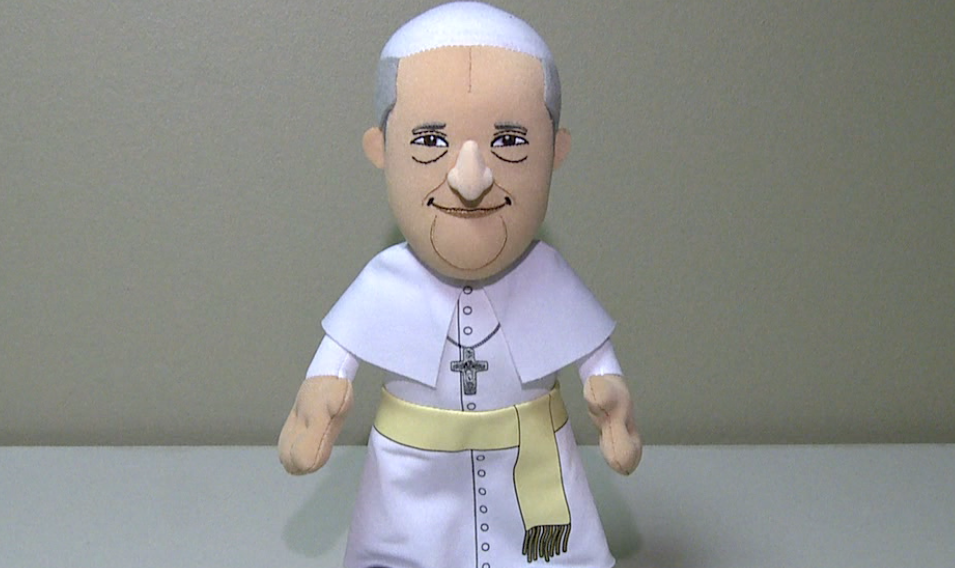Last week I was at a church in St. Louis encouraging Christians to build relationships of peace with their Muslim neighbors. Exhorting everyone in attendance to look beyond the headlines I promised that they would often find hospitality and friendship not hostility and violent fundamentalism. I received follow-up e-mails, as I often do after public engagements, asking about Islamism and terrorism. Then, Friday night I received a message with the subject line, "What do you have to say for yourself now?"
The e-mail linked to news stories unfolding in Paris where a volley of nearly simultaneous attacks rocked the French capital and left 128 dead. Daesh -- the Arabic name for ISIS -- claimed responsibility for the attack and immediately the specter of religious inspired terrorism manifested itself again.
At the same time, I saw prayers for peace on a Muslim Facebook page and heard stories about the ministry of a Houston imam visiting prisoners with grace and goodwill. Mixed with the sadness over the chaos in Paris was confusion, and questions, over which represents Islam.
Is Islam that which inspires acts of brutalism in city streets? Surely, millions of Muslims would protest, using hashtags like #Iamnotaterrorist alongside messages of support and solidarity (#JeSuisParis or #PrayforBeirut). Or is Islam that which brings students from a local university to visit a masjid and the hundreds of faithful gathered for prayer to extend warm hospitality? Perhaps, it is both...and much more. That response can prove unsettling and unsatisfactory. Yet, it may be the most accurate and fruitful.


